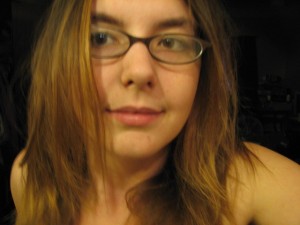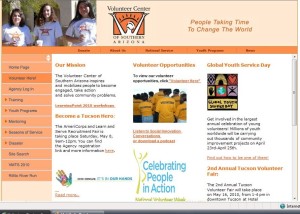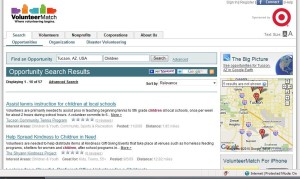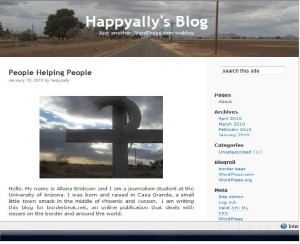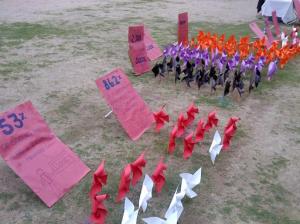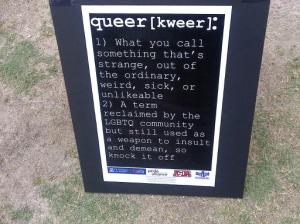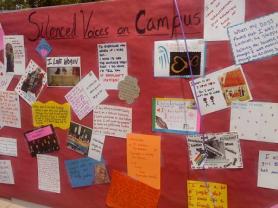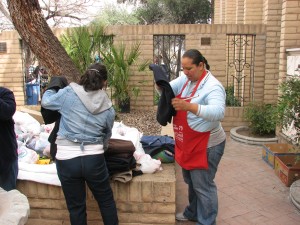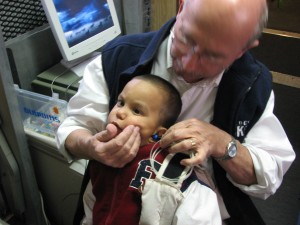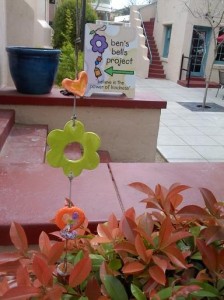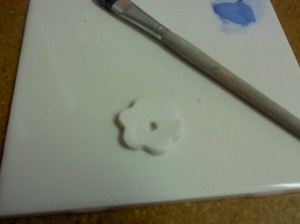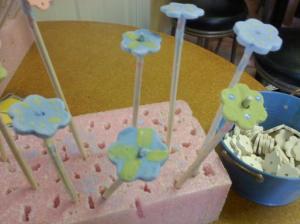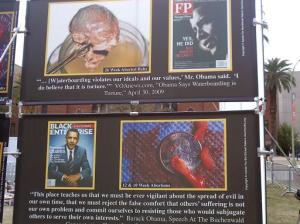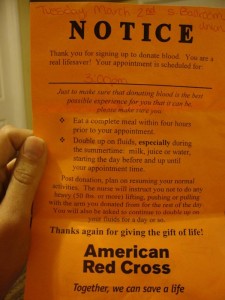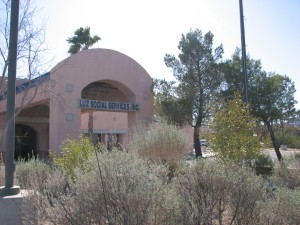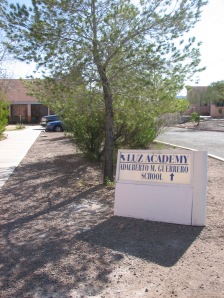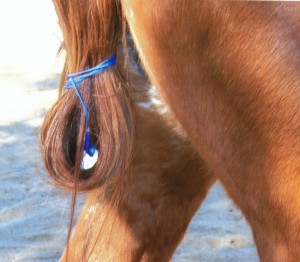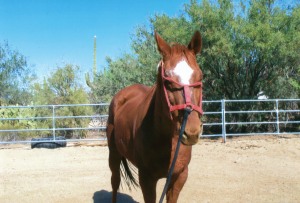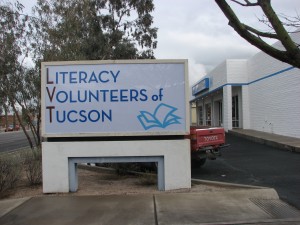For the past four months I have been writing articles about non-profit organizations in Southern Arizona and nationally, for my journalism class.
Unfortunately this is my last blog about non-profit organizations but I have chosen not to feature another charity. Instead I have created a small resource page about how to find volunteer opportunities in Tucson.
According to Volunteering in America, Tucson ranks 31st in people volunteering. This website gathers data on volunteer statistics for every state. Tucson had an average volunteer rate of 31.2% and 40.7 service hours annually per resident and there is over 150 different non-profits working in Southern Arizona.
There are numerous places you can go to volunteer. If you are having trouble finding a place in Southern Arizona a good place to go is Volunteer Center of Southern Arizona, a non-profit dedicated to providing organizations with volunteers. They support hundreds of other nonprofit organizations that use volunteers by helping them develop their volunteer programs, and by training, referring, and honoring volunteers.
Their website allows people to hunt down non-profits who need the help immediately. They have listings like a classified page. This website is a great tool for people looking to volunteer in southern Arizona.
Not living in Arizona? No problem, there is a national website that allows people to find non-profits based on city, distance, non-profits, volunteering, job opportunities and interests. Volunteer Match is a website that allows a variety of online services to support civic engagement. Their service welcomes millions of visitors a year and has become the preferred internet recruiting tool for more than 71,000 nonprofit organizations.
The website is easy to use because you just have to type in a zip code and a keyword. This keyword could be anything that express an area of interest to you and where you like to volunteer.
While writing my blogs I have learned that the only way these non-profits have been able to work is their beliefs. They believe that what they are doing is making life better for someone. Whether it is a doctor giving away free medical care or a woman who changed her entire life in order to help foster kids, they all do it to help. This belief has to be able to transfer towards the volunteers. If you want to become a volunteer then you should do it towards something you have passion for and believe that passion can be transferred to the people you are helping. If you do something you love then people can’t help but learn from you.
I think through writing this blog the best thing I was told can from a doctor at the St. Andrews’s Children’s Clinic. “The best thing you can do is give away your knowledge to other people.” I believe that if people gave away the knowledge they have learn to the less fortunate the world may be a little better.
